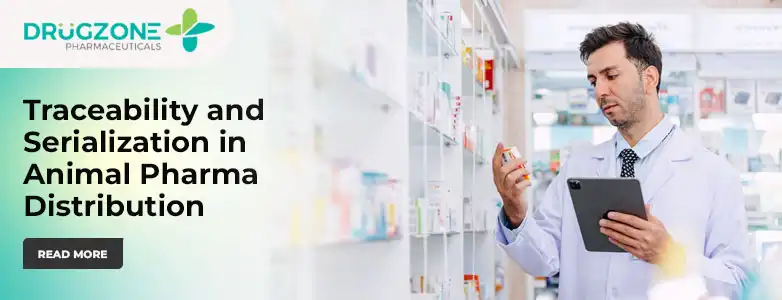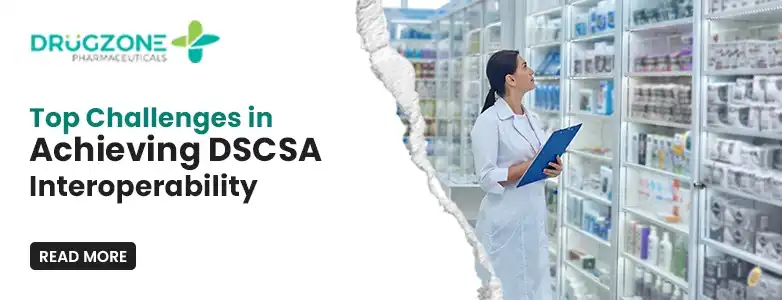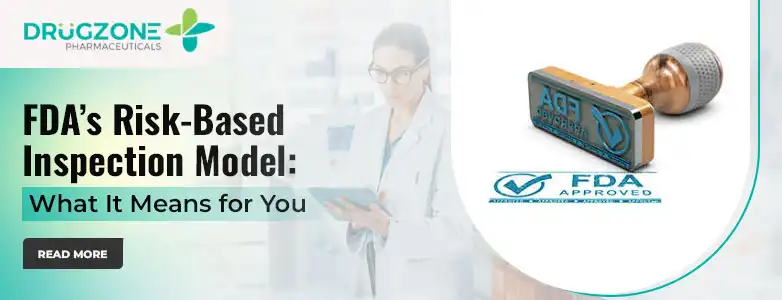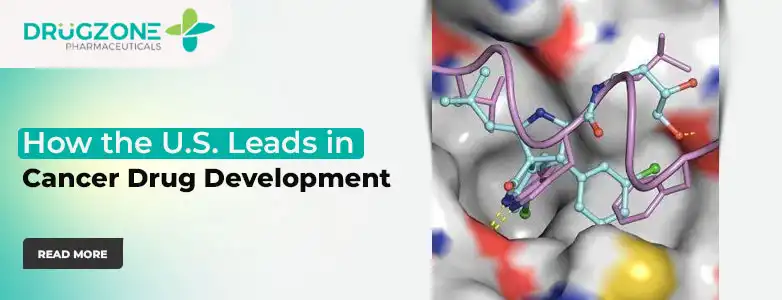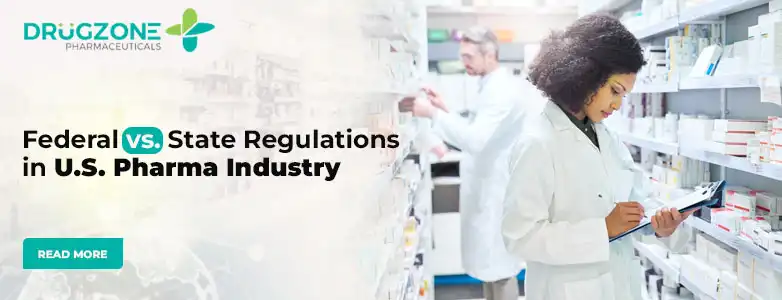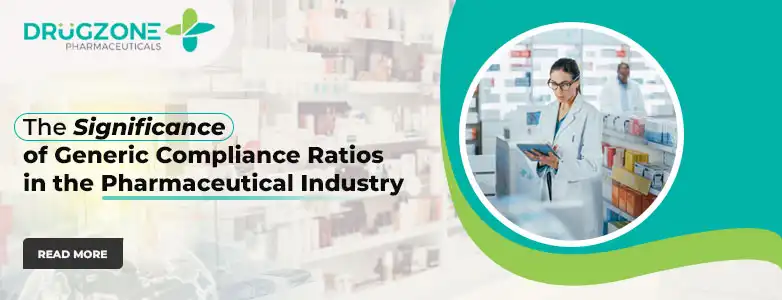
Posted On: March 28, 2025
The Significance of Generic Compliance Ratios in the Pharmaceutical Industry
The pharmaceutical sector functions within a restrictive regulatory environment to uphold drug safety, efficacy, and integrity. One of the many performance measures that shape this segment is the Generic Compliance Ratio (GCR). Pharmacy wholesale suppliers must place significant emphasis on GCR. This blog will describe GCR, its implications for the supply chain, and how to improve compliance.
Overview
As mentioned above, the pharmaceutical sector is subject to stringent regulations by global organizations such as the FDA and WHO to guarantee that drugs are manufactured, distributed, and marketed by established regulatory quality.
What is a Generic Compliance Ratio (GCR)?
A GCR measures the amount of money a pharmacy or supplier spends on generic medications compared to the total expenditure on drugs. A higher GCR represents an emphasis on cost-effective purchasing practices.
Why is compliance substantial?
GCR directly correlates by making certain that generic medications are made and distributed under federal guidelines, protecting public health while creating value for the stakeholders involved.
Understanding Generic Compliance Ratios
Definition and Context: The GCR is used to measure compliance with procurement methods that promote the purchase of generics instead of brands. This is of particular importance to pharmacies that want to meet qualifications for rebates and manage costs.
Factors That May Influence Generic Compliance Ratio:
- Regulatory compliance.
- Supply chain efficiency.
- Market share of generics vs. brands.
Generic vs. Brand: Generics are less expensive but must be of the same standard of quality as the brand. Often, compliance ratios for generics weigh more heavily on cost whilst not compromising quality.
Regulatory Framework and Standards
The FDA, EMA, and WHO are global regulatory bodies that establish the compliance parameters applicable to generic drug manufacturers:
- Good Manufacturing Practices (GMP): Ensure the quality of the manufacturing process.
- Good Distribution Practices (GDP): Focus on ensuring that drugs maintain their integrity through the distribution process.
Essential components:
- Documenting the process appropriately.
- Conformance to quality benchmarks.
- Regular audits performed by regulators.
Effect of Compliance Ratios on the Pharmaceutical Supply Chain
High compliance ratios help the supply chain in various ways:
- Ensuring Drug Safety and Quality: Internal processes that comply with regulatory requirements minimize the potential for contamination and substandard products.
- Reducing Risks: Deficient compliance can lead to drug recalls, legal fines, and reputational damage.
- Economic Implications: Increased compliance ratios can lead to improved timelines for production and market approval.
Obstacles to Sustaining High Compliance Ratios
Even though it is imperative to ensure a high GCR, this practice can become difficult due to
- Regulatory Changes: Frequent changes regarding regulations necessitate constant adaptation.
- Costs: Non-compliance can cause financial losses via recalls or penalties.
- Production Issues: Plant challenges, including the unavailability of raw materials, can cause compliance issues.
Strategies for Improving Compliance Ratios
To increase GCR, businesses can implement various strategies:
- Quality Control Measures: Strong testing protocols should be established throughout the production process.
- Technology Integration: AI, blockchain, and automation could be used to enforce compliance and track progress in real time.
- Employee Training: Ongoing training can prepare team members to meet and comply with regulatory requirements.
Pharmacy wholesale suppliers play a critical role in ensuring compliance across the supply chain and maintaining high GCRs by adhering to stringent regulatory frameworks.
Case Studies and Real-World Examples
- Companies with weak regulatory and compliance performance had notable financial and reputational losses from recalls.
- Yes, there are successful examples of companies that have utilized technology and training to improve GCR, resulting in increased trust in the marketplace and competitive advantage.
Future Trends and Developments
The regulatory environment is rapidly changing:
- Digital Transformation: AI-powered tools will take a larger role in compliance monitoring.
- More Regulation: As global harmonization increases, compliance expectations will become more similar across regions.
- Predictions for GCR: Companies that emphasize compliance will have increased market access and profitability.
About Drugzone
Drugzone Pharmaceuticals Inc. is a leading pharmaceutical wholesaler and pharmacy wholesale supplier. Specializing in generic drug distribution, Drugzone offers insights into regulatory updates and industry best practices. Committed to compliance and innovation. Drugzone ensures the highest standards in drug distribution across the pharmaceutical supply chain.
Conclusion
In conclusion, generic compliance ratios are critical for maintaining safety, reducing costs, and remaining competitive in the pharmaceutical space. By focusing on compliance through technology, training, and processes, manufacturers can meet regulatory barriers and further advertise trust with consumers and stakeholders.
FAQs
Q1. What are generic compliance ratios, and why are they important in the pharmaceutical industry?
A1: The term "Generic Compliance Ratios" refers to the degree to which generic drug manufacturers follow and adhere to regulatory and quality standards mandated by regulatory bodies, such as the FDA and the EMA. Generic compliance ratios are important for assuring the safety, effectiveness, and consistency of their generic medicines, protecting against legal liability, preventing drug recalls, and posing hazards to public health.
Q2. How do regulatory bodies assure compliance of the generic drug manufacturers?
A2: Regulatory bodies support the compliance of generic drug manufacturers by establishing high-level guidelines and performing inspections and audits to monitor adherence. Some of the things they check include Good Manufacturing Practice (GMP) compliance, bioequivalence studies, accuracy of labeling, and quality assessment. Most regulatory bodies treat non-compliance seriously and issue warning letters and fines, and there is the potential risk of being banned from making a drug or distributing a drug entirely.
Q3. What kind of issues do pharmaceutical companies experience to keep their compliance ratios near zero?
A3: Issues pharmaceutical companies experience include evolving regulations, cost of compliance, supply chain interruptions, and variations in quality throughout their manufacturing sites. They also have data integrity and data monitoring issues, as well as employee training and compliance.

